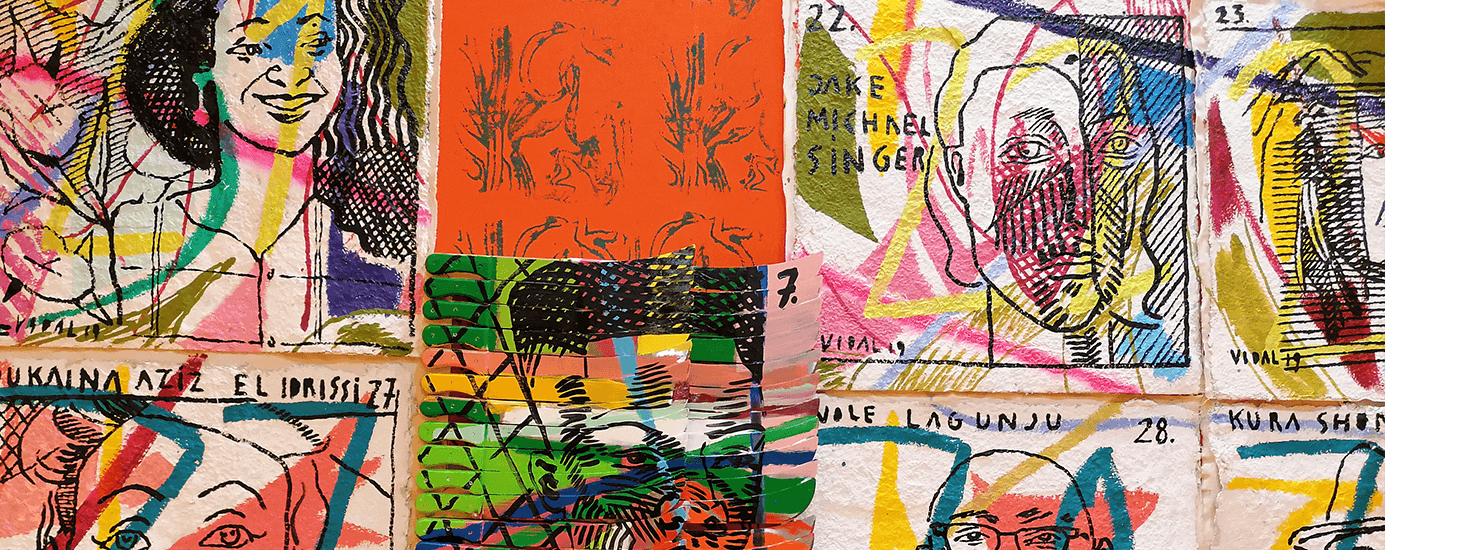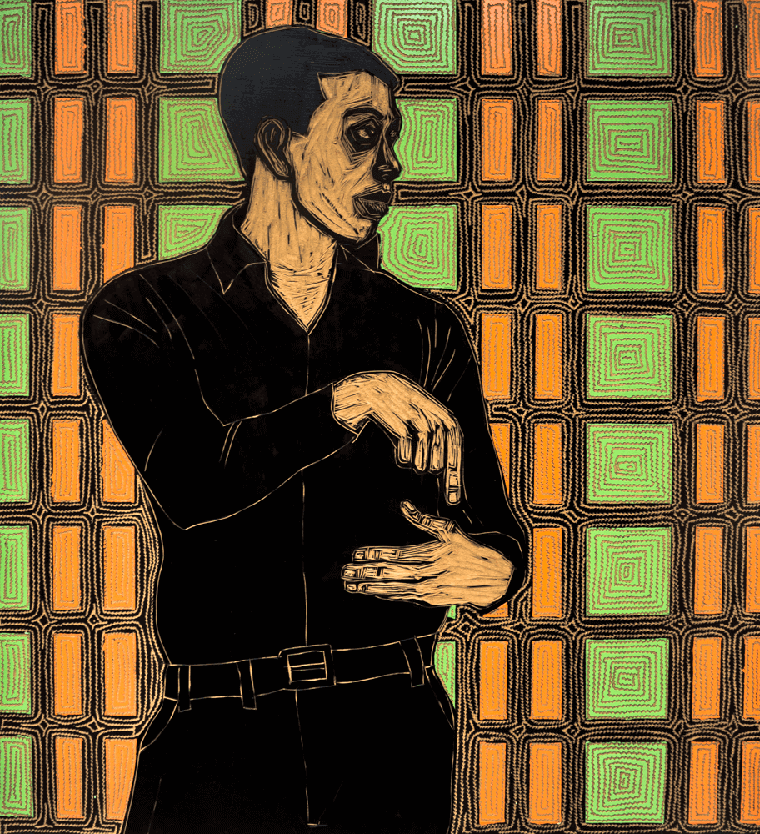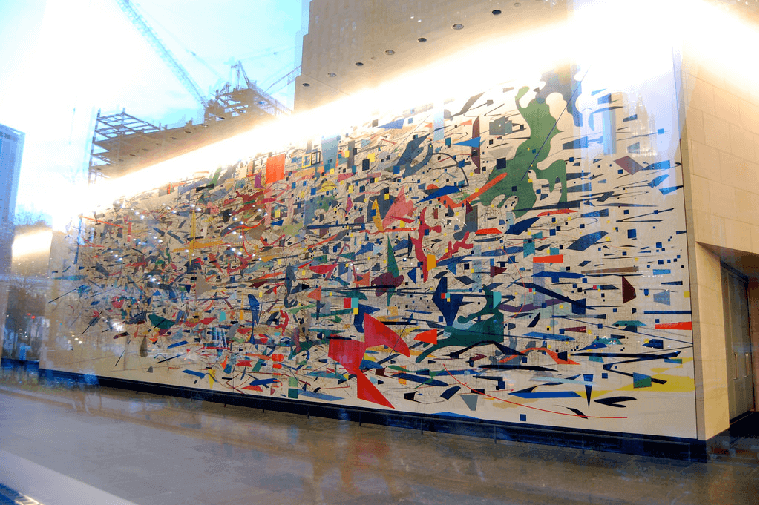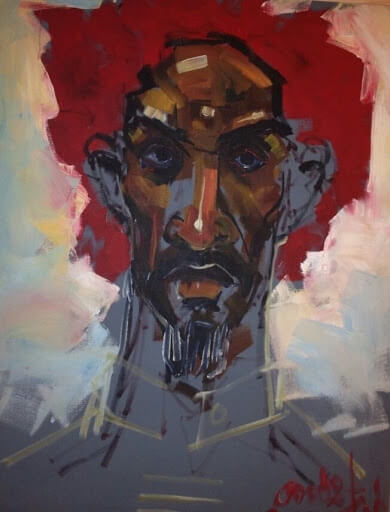Africa and its contemporary art
- 23/11/2016
Far from the usual clichés on a contemporary African Art which would illustrate itself only in the recycling and which would never really have left the spheres of the craft industry, the continent's contemporary artistic scene is booming.
"AFRICA IS BECOMING FASHION"
Usually, when we talk about African art, it is the hundred-year-old objects such as the wooden statuettes of the Bambara, the thousand-year-old relics or the Fang masks from Gabon that first come to the minds of amateurs and collectors. Long ignored, this ancestral African art has since found its place in the versatile Art market and some of these works are now sold in the well-stocked portfolios of a few European and American millionaires.
Although very lively and active for some time, African contemporary art has often been neglected by the West and even locally. But in recent years, it is a contemporary African art which quivers, bubbles and begins to take place. The young new local scene wants to demonstrate that the Arts of the black continent are not limited to these secular works yet so popular. In full change, some museums and several galleries have dedicated their picture rails to them and this Art is revealed through important events such as the Dakar Biennale or otherwise called Dakart in Senegal, the Joburg Art Fair in South Africa or the 1.54 Contemporary African Art Fair (1 as the continent and 54 for the number of countries) held in London in 2016 and will take place in New York in May 2017.

Since last November, we will also have to rely on AKAA in Paris, Also Known As Africa, to offer additional visibility to artists from the continent, in addition to the many African galleries invited to the Art Paris Art Fair. For the gallery owner YoungMi Lamine "The market is doing very well, because Africa is becoming fashionable or has finally been discovered for its rightful reason. Today, African art has established itself with its own soul, his own art, with artists appreciated around the world by a large international audience. "
AFRICAN CHILDREN OF AN ART THAT IS SETTLED
Although several indigenous foundations present these new works within foundations such as Dakar (Senegal), Luanda (Angola), Cotonou (Benin), Oshogbo (Nigeria) or even Cape Town and Johannesburg (South Africa), paradoxically, the majority living African artists see their notoriety flourish more quickly internationally than in their own countries. Generally supported by wealthy Westerners and no longer living there, African artists are now happily investing in the Art market. From the South Africans Marlène Dumas, William Kentridge to the Ghanaian sculptor El Anastsui via the Cameroonian Pascale Marthine Tayou, the Nigerian Yinka Shonibare or the Beninese plastic artist Meschac Gaba, all these artists have seen their coast climb exponentially in recent semesters. At their side, the new headliners of the market are called Romuald Hazoumè, Dominique Zinkpé or Julie Mehretu.

FROM TRADITIONAL TO CONTEMPORARY ART
In a wooded public park a stone's throw from the Addis Ababa National Museum, which contains the national cultural and historical treasures of a nation considered the cradle of Humanity, a handful of artists are busy. Within the Netsa Art Village, this collective of 15 artists is eager to stand out from the infinite reproductions of Coptic imagery (over) recycled in the commercial art of Ethiopian tourism.
Ethiopian modernism does not date from yesterday, it appeared in the 1950s and 1960s and then collapsed in the 1970s under the blows of the authoritarian-Marxist regime of the Derg. Creativity and experiences are reborn today thanks to the openness to foreign countries desired by the managers of the School of Fine Arts in Addis Ababa.

Although still in its infancy, this movement of the Netsa Art Village which claims to be radical and daring, offers paintings created from used laces by Mirhet Debebe, painted tree trunks by Tamrat Gazahegn or giant sculptures made from bits of metal. recovery center of Tesfahun Kibru. For Desta Meghoo ??"Ethiopia does not want to remain a minor element of World Art and it is not limited to its cultural, historical and prehistoric treasures, but also to contemporary work". If no Ethiopian artist, except Julie Merhetu, is internationally recognized, Tamrat sells some of his works between 1500 to 3000 dollars and the MoMA in New York has already bought works of Merid Tafesse even if they are for the 'moment confined to the reserve. This same Desta Meghoo ??believes that it is only a matter of time before young Ethiopian artists exhibit themselves in international galleries or museums.
ABIY, BETWEEN TRADITION AND MODERNITY
Ethiopian artist Abiy Gediyon first became known in his country after studying and teaching at the School of Fine Arts in Addis Ababa. The Alliance Éthio-Française is the first to believe in its work and to export its works to France. His career took a decisive turn after his participation in the 1st Congress of African Writers at UNESCO Headquarters in Paris. Then settled in Ardèche, he multiplied his appearances at various artistic events. Although painting is his favorite medium, Abiy likes to vary the techniques by touching collage, pastel, chalk ... and supports such as paper, canvas or glass. Inspired by his years of study, but also by artists like Jean-Michel Basquiat, Egon Schiele or Wosene Kosrof, his female nudes are reminiscent of the unstructured figures of Pablo Picasso.
Soaked by its diversity, its style combines tradition and modernity, cheerfulness and melancholy. His Ethiopian roots are present in the choice of colors and patterns, the wide open figures of his children recall the exoticism of ceremonial masks. He thus favors the expression and emotion of the faces over the realism of the characters. Freed from the weight of tradition, his delicate compositions offer the feeling of a universal art.















